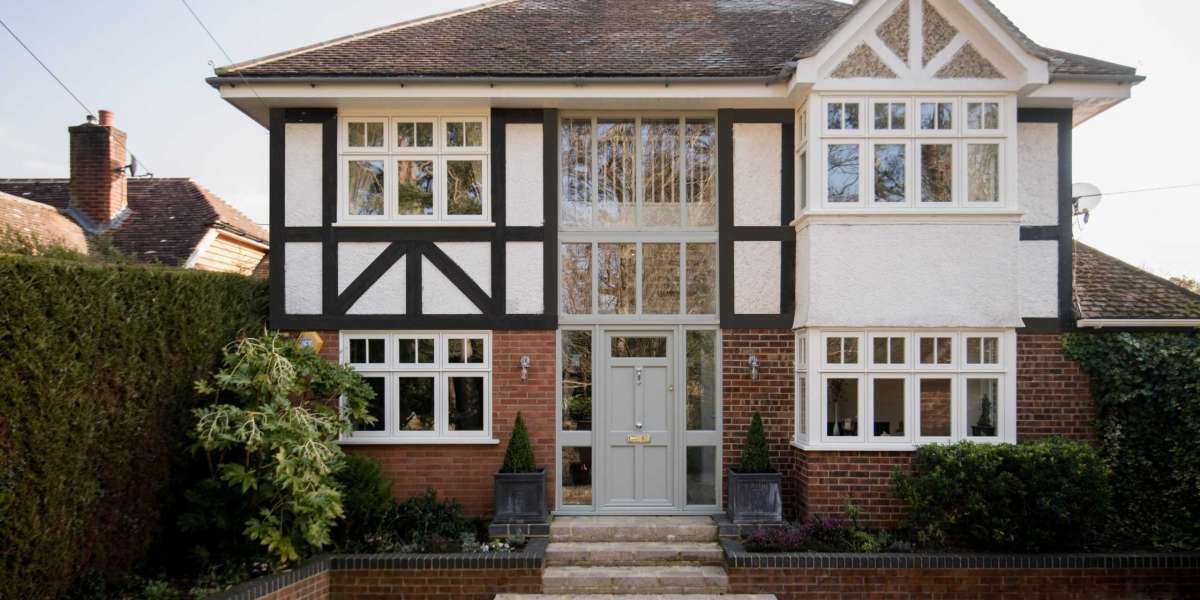Pakistani dresses are more than just garments—they are a celebration of cultural heritage, craftsmanship, and elegance. Rich in tradition and infused with modern creativity, Pakistani fashion has carved a unique identity on the global stage. With a wide variety of fabrics, intricate embellishments, diverse regional styles, and modern silhouettes, Pakistani dresses are worn proudly across generations and continents.casual khussa
From the timeless shalwar kameez to regal bridal lehengas, each piece tells a story about the region it originates from and the occasion it is meant for. This article will explore the evolution, types, fabrics, seasonal trends, and the importance of Pakistani dresses both within the country and among the diaspora.
A Heritage Woven in Fabric
Pakistan’s rich textile heritage dates back centuries, heavily influenced by Mughal, Persian, Central Asian, and South Asian aesthetics. The country’s love for fabric and design is rooted in its traditions of hand embroidery, weaving, and dyeing, all of which are essential elements in Pakistani fashion today.
Pakistani dresses, especially those made for weddings and festivals, involve artisans who dedicate weeks or even months to handcrafting detailed embellishments like zari, gota, dabka, sequins, pearls, and mirror work.
Core Types of Pakistani Dresses
Pakistani clothing styles range from simple everyday wear to elaborate couture worn at weddings and events. Here are some of the most popular dress types:
1. Shalwar Kameez
The national dress of Pakistan, worn by both men and women, the shalwar kameez includes a long tunic (kameez) paired with trousers (shalwar). Women wear various versions—from straight-cut kameez to long frocks and flared styles.
2. Kurti and Trousers
Kurtis, shorter tunics usually paired with cigarette pants or jeans, are a modern staple for casual and office wear. Popular among students and working professionals, kurtis offer a blend of tradition and comfort.
3. Anarkali
This frock-style dress, often featuring a fitted bodice and flared skirt, is inspired by the Mughal era and is ideal for weddings or formal gatherings. Anarkalis are often made with chiffon, silk, or net fabrics and heavily adorned.
4. Lehenga Choli
Popular at weddings and traditional events, lehengas are long skirts paired with a fitted blouse (choli) and a dupatta. Bridal lehengas are especially grand, heavily embroidered and embellished with gold thread work and sequins.
5. Sharara and Gharara
These traditional ensembles include wide-legged pants (sharara or gharara) paired with a short kameez and dupatta. Shararas are often chosen for pre-wedding events like mehndi and dholki.
6. Saree
Though more commonly associated with India, sarees are also worn by many Pakistani women, especially for formal events. Designers have introduced Pakistani versions with subtle embroidery and contemporary draping techniques.
Fabrics That Define Elegance
The Pakistani fashion industry is deeply tied to its rich textile production. Fabrics are chosen based on weather, function, and occasion. Some of the most widely used include:
Lawn: A lightweight, breathable cotton fabric ideal for summer. Pakistan is globally known for its designer lawn collections.
Cotton: Common in everyday wear, cotton is soft, durable, and comfortable in all climates.
Linen: Often used in winter collections for its warmth and texture.
Chiffon: Elegant and flowy, chiffon is used in semi-formal and formal wear.
Silk and Raw Silk: Luxurious and smooth, often used in bridal and festive dresses.
Organza: A sheer, crisp fabric often used in dupattas and formal attire.
Velvet: Warm and rich, perfect for winter weddings and party wear.
Seasonal and Occasion-Based Fashion
Fashion in Pakistan shifts with the seasons and cultural calendar. Each season brings its own set of fabrics, color palettes, and designs.
Summer (Lawn Season)
In Pakistan, lawn season is a phenomenon. Major brands launch lawn collections featuring digitally printed, embroidered, and stitched suits in vibrant colors. It is the most awaited fashion release of the year.
Winter
Winter fashion includes heavier fabrics like karandi, khaddar, and linen. These dresses often come in deeper hues such as maroon, bottle green, navy blue, and rust with wool shawls.
Festive Wear
Eid, weddings, and family functions call for semi-formal or formal outfits. Embellishments like sequins, thread work, zardozi, and mirror work are common. Eid collections tend to be modest yet glamorous.
Bridal Couture
Bridal dresses in Pakistan are the most elaborate. These dresses are custom-made using fabrics like raw silk, tissue, velvet, and jamawar, adorned with stones, pearls, zari, and intricate thread embroidery. Bridal wear includes lehenga choli, shararas, gowns, and long frocks in shades of red, maroon, pastels, or gold.
Regional Diversity in Dress
Each region of Pakistan adds a unique cultural element to traditional attire:
Punjab: Bright colors, phulkari embroidery, and gota work dominate.
Sindh: Known for mirror work, ajrak prints, and block printing.
Balochistan: Dresses feature dense thread embroidery and long silhouettes.
Khyber Pakhtunkhwa: Subtle embroidery and shawl pairing are common.
Gilgit-Baltistan: Woolen dresses and intricately woven shawls highlight the cold climate and regional identity.
Modernization of Traditional Attire
The Pakistani fashion industry has done a remarkable job of modernizing traditional clothing while respecting its cultural roots. Designers like Sana Safinaz, Elan, Maria B, HSY, Asim Jofa, and Zara Shahjahan have introduced collections that blend western cuts with eastern designs, making dresses more accessible to modern women.
Trends such as:
Cigarette pants with straight kurtas
Cape-style dupattas
Minimalist embroidery on silk tunics
Fusion wear combining kurtis with jeans or jackets
...have made Pakistani dresses suitable for both local and international audiences.
Pakistani Dresses in the Global Market
The popularity of Pakistani clothing has crossed borders. With millions of Pakistanis living abroad, there’s a strong demand for cultural attire in countries like:
United States
United Kingdom
Canada
UAE
Australia
Online stores and global shipping from brands like Khaadi, Generation, Gul Ahmed, and Limelight have made it easier for the diaspora to access Pakistani dresses.
Additionally, Pakistani fashion weeks and bridal shows are now held in global cities, promoting traditional fashion to a wider audience.
Men’s Traditional Dresses
Pakistani men’s fashion includes:
Shalwar Kameez: The national dress for men, often paired with waistcoats for formal events.
Kurta Pajama: A common choice for Eid, weddings, and religious gatherings.
Sherwani: A formal coat worn by grooms or during weddings.
Achkan and Prince Coats: Popular in urban settings for weddings or formal parties.
Accessories like khussas, embroidered caps, and shawls are often paired with men’s traditional wear.
The Role of Fashion in Culture and Identity
Pakistani dresses serve more than just an aesthetic purpose—they reflect identity, modesty, heritage, and artistry. Whether worn in urban cities or remote villages, by celebrities on red carpets or everyday women in markets, these outfits unite the nation with pride and style.
Conclusion
Pakistani dresses are a vibrant blend of history, artistry, and evolving trends. From traditional shalwar kameez to opulent bridal lehengas, each piece carries the legacy of generations and the creative touch of contemporary designers.
As the industry continues to grow, with innovations in fabric, technology, and accessibility, the future of Pakistani fashion looks promising—offering beauty, comfort, and cultural pride to people in Pakistan and around the world.



